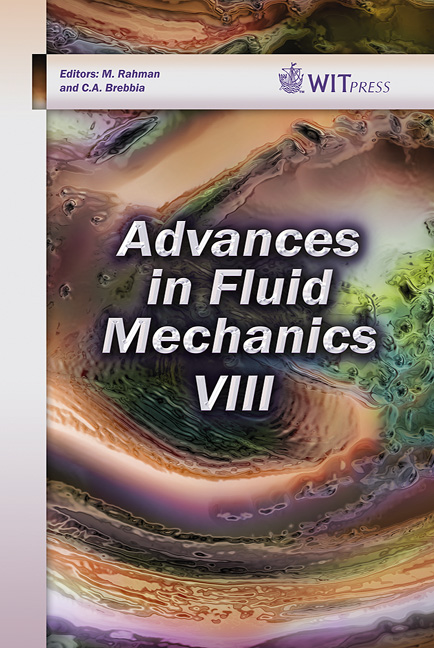A Qualitative Model Of Flashing Across An Aperture With A Pressure Differential
Price
Free (open access)
Transaction
Volume
69
Pages
12
Page Range
519 - 530
Published
2010
Size
2,685 kb
Paper DOI
10.2495/AFM100451
Copyright
WIT Press
Author(s)
G. C. Polanco, A. E. Holdo & G. Munday
Abstract
Many industries use materials that are stored above their atmospheric pressure boiling points (superheated liquids) which can form two-phase mixtures upon their accidental release to the environment at ambient conditions. The behaviour and the characteristics of these liquid-gas mixtures during a superheated liquid release due to the breaking of the metastable state can significantly affect the hazard zone and the mitigation steps that can be taken to minimize the release impact for the hydrocarbon industry or the quality of the combustion, or explosions inside the diesel engines. The dependence of the whole process over the initial parameter values as the pressure, the temperature and others factors, which can created, for some cases, a complete breaking of the liquid core into droplets at the same time that it is going out of container like unstable jet, or a complete one phase liquid jet, is recreated by an empirical model based on the flashing process similarity and a damped second order system. Results of this model agreed with some available experimental data. Keywords: superheated liquids, empirical model, flashing process. 1 Introduction Flashing is the violent phase change of a super-heated liquid when it is exposed to a pressure gradient generated by the pressure difference between the vessel or pipe line and the atmospheric pressure, due to vessels or pipelines faults. During the brief depressurisation of the liquid breaks into droplets at the same time that it is going out of container trough an opening like unstable jet, as consequence of the altering of the metastable state of the superheated liquid stored.
Keywords
superheated liquids, empirical model, flashing process





